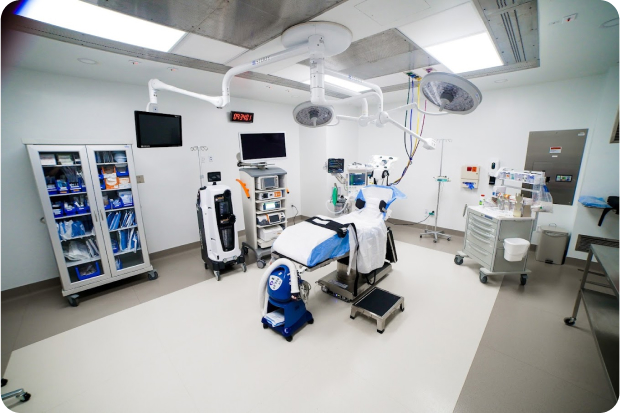 OUR LOCATIONSCall to book (212) 604-1300
OUR LOCATIONSCall to book (212) 604-1300
 OUR LOCATIONSCall to book (212) 604-1300
OUR LOCATIONSCall to book (212) 604-1300
Table of contents

According to the theory, when the activity of the cervical sympathetic chain is blocked or “turned off,” the brain regions associated with the fight or flight response can undergo a complete recalibration, resulting in lasting relief from associated anxiety symptoms. Several peer-reviewed medical studies have shown that right-sided SGB results in significant long-term improvement in chronic anxiety symptoms associated with post-traumatic stress disorder (PTSI). The SGB procedure usually takes less than 15 minutes, and noticeable benefits are often achieved in as little as 30 minutes.
A stellate ganglion nerve block is an injection that numbs branches of nerves in your neck. This helps doctors find and treat a number of problems linked to the nerves. Treatment may require a series of injections.




SGB temporarily suppresses the transmission of nerve signals by the sympathetic nervous system for the duration of local anesthetic effectiveness, which is usually up to 6 hours. This blockade serves to restore the sympathetic nervous system to its natural resting state. SGB is used diagnostically to help the doctor determine whether increased sympathetic activity is contributing to the patient’s condition. SGB can also provide lasting pain relief.
During the procedure, the doctor will administer a painkiller to the stellate ganglion area. This relieves the pain and dilates the blood vessels, providing much-needed relief from neuropathic and/or vascular pain. The doctor may also add steroids to the injection to prolong the duration of relief.


Immediately after the procedure, you may experience temporary symptoms such as droopy eyelid, congested nose, or a warm feeling in the arm. It is recommended not to do strenuous activities on the day of the procedure. However, normal activities can be resumed immediately after discharge from the clinic.
Pain relief from the injection varies from person to person; while some may experience immediate relief, others may notice a gradual onset over several days. The duration of pain relief varies from patient to patient.
New York Pain Care
20 Squadron Blvd, Suite 290
New City, NY 10956
(212) 242-8160






